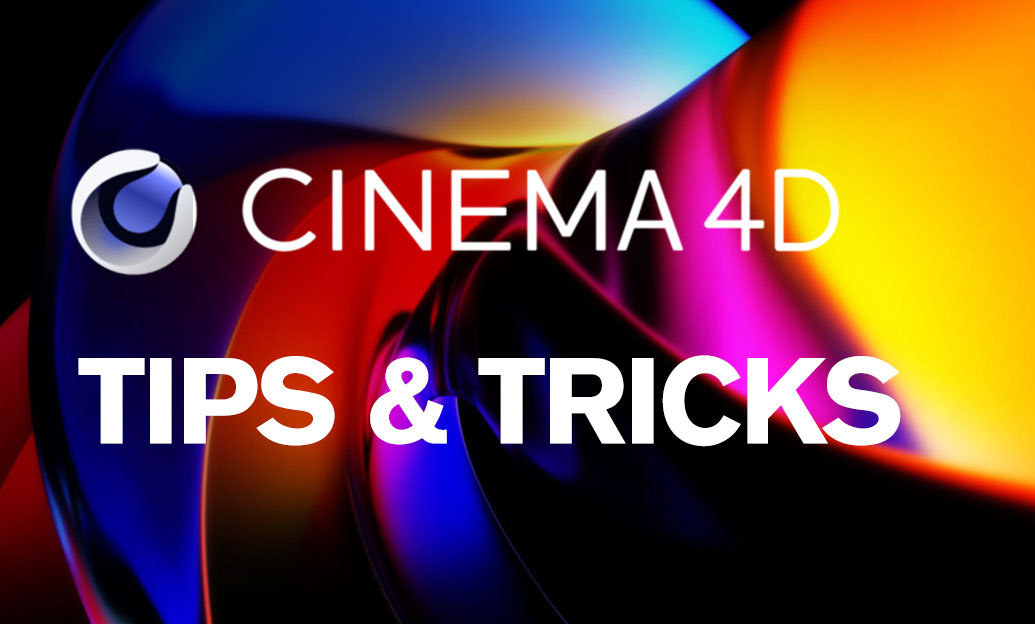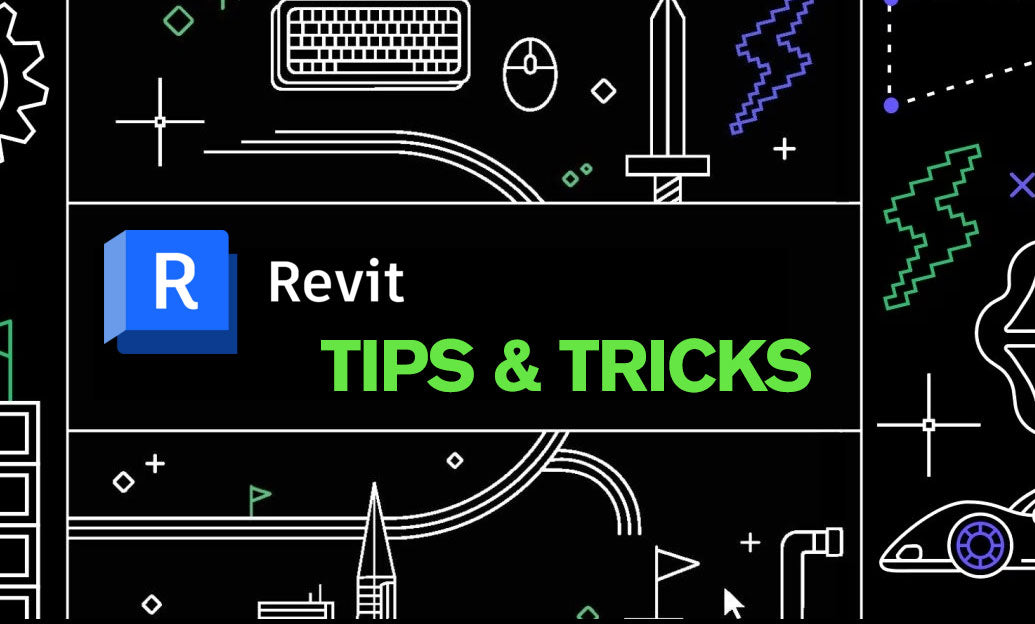Your Cart is Empty
Customer Testimonials
-
"Great customer service. The folks at Novedge were super helpful in navigating a somewhat complicated order including software upgrades and serial numbers in various stages of inactivity. They were friendly and helpful throughout the process.."
Ruben Ruckmark
"Quick & very helpful. We have been using Novedge for years and are very happy with their quick service when we need to make a purchase and excellent support resolving any issues."
Will Woodson
"Scott is the best. He reminds me about subscriptions dates, guides me in the correct direction for updates. He always responds promptly to me. He is literally the reason I continue to work with Novedge and will do so in the future."
Edward Mchugh
"Calvin Lok is “the man”. After my purchase of Sketchup 2021, he called me and provided step-by-step instructions to ease me through difficulties I was having with the setup of my new software."
Mike Borzage
Design Software History: Transforming Design Visualization: The Evolution and Future of Virtual Reality in Design Software
July 24, 2024 5 min read


I. Introduction to Virtual Reality in Design Visualization
Virtual Reality (VR) has emerged as a transformative tool in the realm of design visualization. VR technology creates immersive, computer-generated environments where users can interact with 3D models and simulations in ways that traditional 2D screens cannot match. This technological leap allows designers and engineers to envision, manipulate, and perfect their creations with unprecedented detail and accuracy.
The origins of VR date back to the 1960s, with early developments driven by the need for advanced simulations in aerospace and military applications. These pioneering efforts laid the groundwork for the diverse applications of VR we see today, ranging from gaming and entertainment to education and professional design.
In the design industry, VR is becoming increasingly important. It enables designers to conduct virtual walkthroughs of architectural spaces, create interactive prototypes of new products, and collaborate in real-time with clients and colleagues across the globe. The potential of VR to revolutionize traditional design processes is immense, promising more efficient workflows, enhanced creativity, and more accurate representations of design concepts.
II. Key Developments in VR Technology
Early Innovations
The journey of VR technology began with Ivan Sutherland's "Sword of Damocles" in the 1960s, often regarded as the first head-mounted display (HMD) system. This groundbreaking invention paved the way for future advancements by demonstrating the feasibility of immersive virtual environments. The system used primitive graphics and was cumbersome, but it set the stage for the rapid evolution of VR hardware and software.
Hardware Milestones
The evolution of VR hardware has been marked by several significant milestones. Devices such as the Oculus Rift and HTC Vive represent pivotal moments in the history of VR, bringing high-quality immersive experiences to consumers and professionals alike.
- Oculus Rift: Developed by Oculus VR, the Rift was one of the first consumer-ready VR headsets. It offered high-resolution displays and precise head-tracking, establishing a new standard for VR experiences.
- HTC Vive: Created in collaboration with Valve, the Vive introduced room-scale tracking, allowing users to move freely within a defined space. This advancement significantly enhanced the sense of immersion and interactivity in VR applications.
Software Innovations
Alongside hardware advancements, VR software has also seen remarkable progress. Tools like Unity and Unreal Engine have played crucial roles in enabling more sophisticated VR design experiences. These powerful engines allow developers to create highly detailed and interactive virtual environments, making them indispensable in the realm of design visualization.
- Unity: Known for its versatility and ease of use, Unity has become a popular choice for VR development. Its extensive library of assets and plugins, combined with robust support for various VR platforms, make it a go-to tool for designers and developers.
- Unreal Engine: Developed by Epic Games, Unreal Engine is renowned for its photorealistic graphics capabilities. Its advanced rendering techniques and comprehensive toolset have made it a favorite among professionals seeking to create visually stunning VR experiences.
III. Influential Companies and Figures in VR Design Visualization
Pioneering Companies
Several companies have been instrumental in driving the adoption of VR in design visualization.
- Autodesk: A leader in design software, Autodesk has integrated VR capabilities into its products, enabling users to visualize and interact with their designs in immersive environments.
- Dassault Systèmes: Known for its 3DEXPERIENCE platform, Dassault Systèmes provides comprehensive VR solutions for various industries, from automotive to aerospace.
- PTC: With its Vuforia augmented reality platform, PTC offers powerful tools for creating and deploying VR and AR experiences, enhancing the design and manufacturing processes.
Visionary Individuals
The impact of VR in design has been significantly shaped by visionary individuals.
- Mark Zuckerberg: Under Zuckerberg's leadership, Facebook (now Meta) acquired Oculus VR and expanded its vision for VR as a social platform, influencing the broader adoption of VR technologies.
- Tim Sweeney: As the founder of Epic Games, Sweeney has been a driving force behind Unreal Engine, pushing the boundaries of what is possible in VR and interactive 3D graphics.
Collaborative Efforts
The advancement of VR in design visualization has also been propelled by collaborations between technology and design companies. These partnerships have led to innovative solutions that combine the strengths of different organizations.
- Autodesk and Oculus VR: Collaborated to integrate VR capabilities into design workflows, allowing architects and engineers to experience their models in immersive environments.
- Dassault Systèmes and HTC: Worked together to develop VR applications for industrial design, enabling more effective visualization and prototyping of complex products.
IV. Impact and Future Prospects of VR in Design
Current Applications
VR is being utilized in various design fields, offering unique advantages that traditional methods cannot match. For example:
- Architectural walkthroughs: VR allows clients and stakeholders to virtually tour buildings before they are constructed, providing a realistic sense of space and design.
- Product prototyping: Designers can create and test virtual prototypes, enabling them to identify potential issues and make modifications early in the development process.
- Collaborative design: VR facilitates real-time collaboration between geographically dispersed teams, fostering more efficient communication and decision-making.
Advantages and Challenges
The use of VR in design offers numerous benefits, but it also presents certain challenges.
-
Advantages:
- Immersive visualization: VR provides a more immersive and realistic representation of designs, helping stakeholders better understand and evaluate concepts.
- Real-time collaboration: VR enables designers to work together in real-time, regardless of their physical location, improving efficiency and reducing the time required for feedback and revisions.
-
Challenges:
- High costs: The development and deployment of VR solutions can be expensive, posing a barrier for smaller firms and independent designers.
- Technical complexity: Creating high-quality VR experiences requires specialized skills and knowledge, making it a challenging endeavor for those unfamiliar with the technology.
Future Trends
The future of VR in design holds exciting prospects, with emerging technologies poised to further enhance its capabilities.
- AI integration: Artificial intelligence can be used to automate aspects of the design process, such as generating realistic textures or optimizing models for performance in VR environments.
- 5G networks: The rollout of 5G technology will enable faster and more reliable data transmission, supporting more complex and interactive VR experiences.
- Advanced haptics: Improved haptic feedback technologies will provide users with a more tactile and realistic sense of interaction within virtual environments.
Conclusion
In summary, the integration of Virtual Reality in design visualization has evolved significantly, driven by key developments in both hardware and software. Pioneering companies and visionary individuals have played crucial roles in advancing VR technologies, leading to a range of impactful applications in design.
The transformative potential of VR in design is immense, offering immersive visualization, real-time collaboration, and more efficient workflows. Although challenges such as high costs and technical complexity remain, the future holds promise with emerging technologies like AI and 5G set to further revolutionize VR experiences.
As we look ahead, it is essential for the design industry to embrace these innovations, leveraging the full potential of VR to drive creativity, efficiency, and collaboration in the design process.
Also in Design News

Rhino 3D Tip: GPU Optimization for Rhino Render (Cycles), V-Ray, and Real‑Time Plugins
January 01, 2026 2 min read
Read More
Cinema 4D Tip: Efficient Lookdev Iteration Using Cinema 4D Picture Viewer History
January 01, 2026 2 min read
Read More
Revit Tip: Standardized Revit Export for Reliable Navisworks Clash Detection
January 01, 2026 2 min read
Read MoreSubscribe
Sign up to get the latest on sales, new releases and more …


